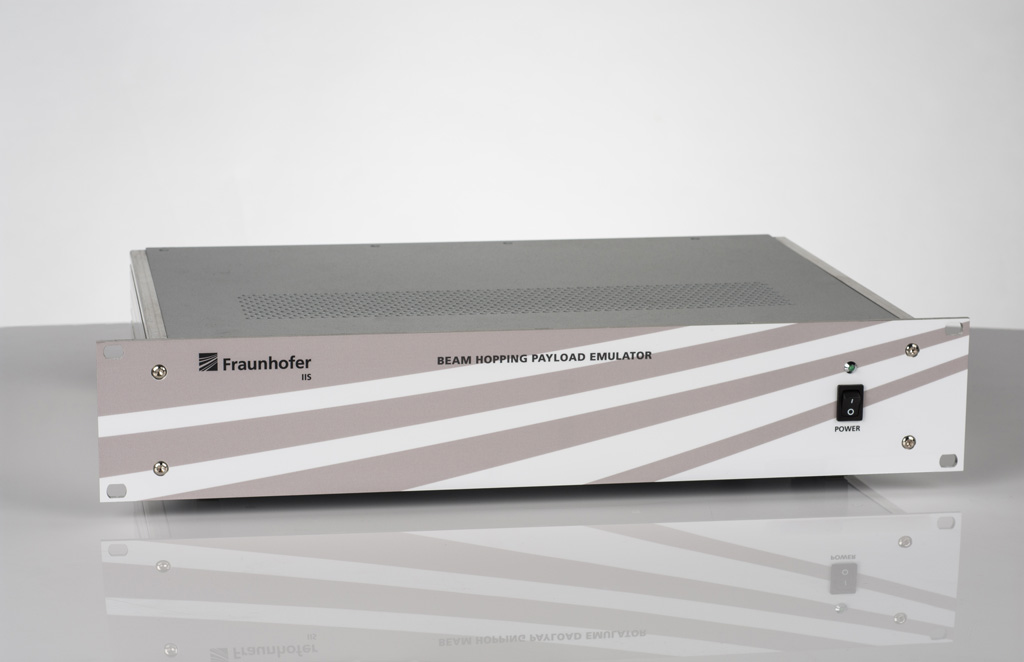Adaptable beams make satellite communications more flexible and efficient
Contingent on the different time zones on the Earth, the data requirements of users vary according to time and place. The data volumes that can be transmitted via satellites to the Earth are subject to fixed capacity planning. In accordance with this planning, the Earth is illuminated with satellite beams, as it were, supplying it with data. To date, these beams have been static and always transmitted the same volume of data to a given area. However, local demand is not always as high as the capacity permits. And this spare capacity may be needed elsewhere.
The DVB-S2X satellite communications standard features a technique called beam hopping, which enables beams to literally “hop after” data demand. In collaboration with WORK Microwave in ESA’s “BEHOP” project, we developed beam-hopping-capable test equipment with which we were able to successfully test the technique for the first time in 2018 using a Eutelsat satellite. The concept and the technology are thus ready for operation.
This satellite-based technique makes it possible to meet the rising demand for worldwide communication on land as well as in aircraft and ships. The commissioning of a satellite that supports the beam hopping technique is planned for 2020.
